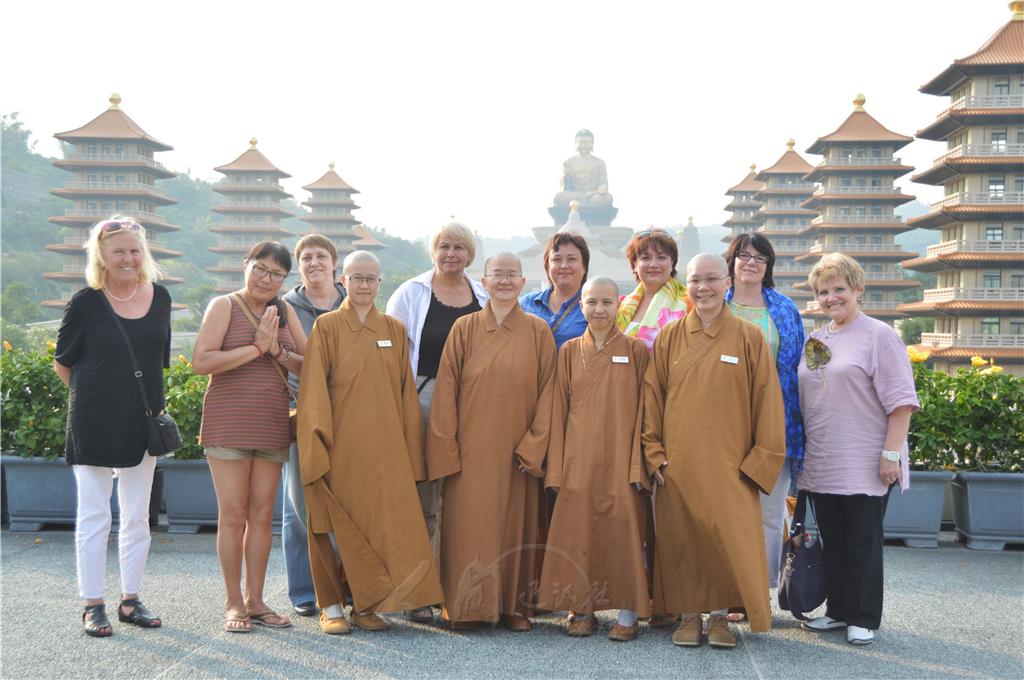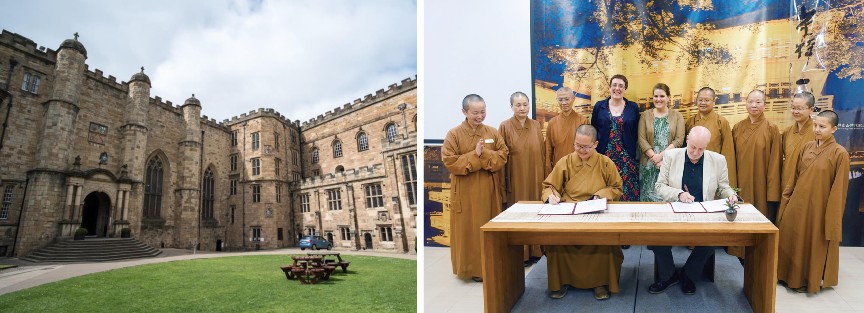
ICOM sets standards for museums in design, management and collections organisation. The ICOM Code of Ethics for Museums is a reference in the global museum community. It establishes minimum standards for professional practices and achievements for museums and their employees. By joining ICOM, each member is committed to respecting this code. ICOM is officially associated with multilateral international conventions on heritage. As a diplomatic forum made up of 136 countries and territories, it gathers international professionals, renowned for their contribution to culture. With more than 35,000 members, ICOM is a unique professional network of institutions and museum professionals. ICOM brings together museum experts to discuss various museum-related themes.

Founded on November 14, 1956, the Anhui Museum was one of the four model museums at that time. On September 17, 1958, Chairman Mao Zedong made an inspection of the Anhui Museum and instructed that the main cities of a province should have such a museum and it was important to let people know their own history and power of creation. Zhou Enlai, Liu Shaoqi, Zhu De, Deng Xiaoping, Li Xiannian, Ye Jianying, Peng Dehuai, Chen Yi and other former leaders of the CPC and the PRC successively visited the museum and Chen Yi also gave his superscription of the museum name. In the 21st century, on May 17, 2010, Comrade Jiang Zemin made an inspection of the Anhui Museum and also left his inscriptions here. As the only museum that Chairman Mao Zedong inspected and where he made an instruction on museum development, the Anhui Museum is also the one that has been visited by the three generations of central collective leadership of the CPC.

Shandong Provincial Museum, founded in 1954, is the first large-scale, provincial, integrated topographic museum in the People’s Republic of China. It was established in two parts, the eastern part by the British Baptist missionary J. S. Whitewright in 1904 located in Guangzhi Temple in Guangzhi Temple Street, which used to be one of the earliest museums within the boundaries of China; the western part in 1942 located in the World Red Swastika Society in Shangxin Street, which used to be the seat of a religious society which combines Confucianism, Taoism, Buddhism, Christianity, and Islam. The former site of the eastern part was turned to the natural specimen showroom, and the western part the historical relics showroom, when Shandong Provincial Museum was founded.
News report - Art Special: Spiritual quest by China Daily

Founded in 1960 and originally located in the national historic landmark, Zhong Wang Fu palace complex, Suzhou Museum has been a highly-regarded regional museum with a number of significant Chinese cultural relics. A new museum designed by world famous architect I.M.Pei was completed in October 2006, covering over 10,700 square meters and located at the cross of Dongbei Street and Qimen Road. The design of this new museum visually complements the traditional architecture of Zhong Wang Fu. The new museum houses over 30000 cultural relics --- most notably for excavated artifacts, Ming and Qing Dynasty paintings and calligraphy, and ancient arts and crafts.

On 24 Jan 2016, BMC became sister museums with the National Museum of History during the Chinese Association of Museums (CAM) General Meeting held at BMC. Dr. Yui-Tan Chang, Director of National Museum of History, expressed special thanks to BMC with the warm hospitality and service. Venerable Ru Chang, Director of BMC, commented that the ideas of Humanistic Buddhism as propounded by Venerable Master Hsing Yun aim to fulfill the needs of people through public service and education. She hopes that through education, tourism, and media, the potential of BMC can be fully utilized to reach out to people in China and all over the world.

On 3rd Mar 2016, Venerable Ru Chang, Director of the Buddha Museum, and Luo Xiang-jun, Director of Hebei Museum, signed a Sister-cum-Museum Exchange and Cooperation Programme at the Hebei Museum in the hope of improving cross-strait cultural exchanges. Zhang Li-fang, Director of Hebei Provincial Institute of Cultural Relics, expected the revival of traditional Chinese culture through cultural exchanges and cooperation between two museums and expressed his admiration for BMC’s active propagation of Buddhist arts and culture as well as the effort made in preserving Chinese culture.

On 13th April 2016, the Buddha Museum became sister museums with Hubei Provincial Museum during the opening ceremony of the Second Biannual Cross-Strait Museums Meeting. Hubei Provincial Museum Director Fang Qin hoped that the relationship between the two museums can bring about better ideas and resources that would allow both museums to enhance their services to the public.

On 20th June 2016, the Buddha Museum became sister museums with Shanxi Museum. Both museums hope that this partnership would bring about long-term benefits and contribute to the efforts in preserving and promoting Chinese culture.

On 29th August 2017, the Buddha Museum becomes sister museums with Kinmen Culture Park Historical Folk Museum. The Buddha Museum is the first sister museum in the history of Kinmen Culture Park Historical Folk Museum, whose geographical location serves to enhance interaction between Mainland China and Taiwan.

On 10th November 2017, the Buddha Museum becomes sister museums with Henan Museum as part of the opening ceremony for the Hakka Cultural Museums Alliance Annual Meeting and Forum. Henan Museum, located in Zhengzhou, is a newly-built modern history and art museum opened to the public since May 1, 1998.

Durham University is a collegiate public research university in Durham, England, founded by an Act of Parliament in 1832 and incorporated by royal charter in 1837. The Department of Archeology is regularly ranked as one of the top three Archaeology departments in the UK (e.g. Research Excellence Framework (REF) 2014, Complete University Guide 2020) and one of the top four globally (World University QS rankings 2020). Their expertise covers from the Palaeolithic to the present-day, and from South Asia to the Mediterranean, Europe and the British Isles, and they run fieldwork projects across the world.